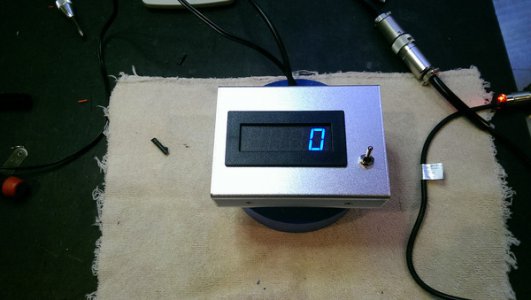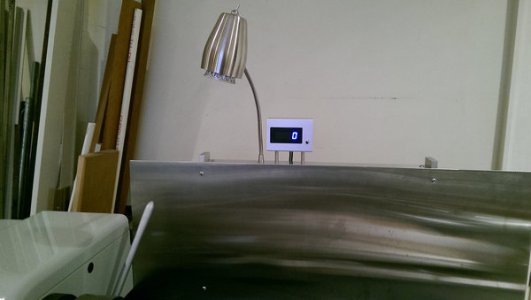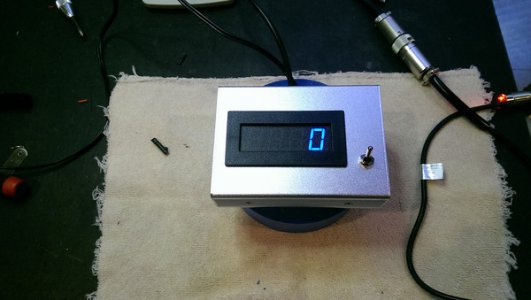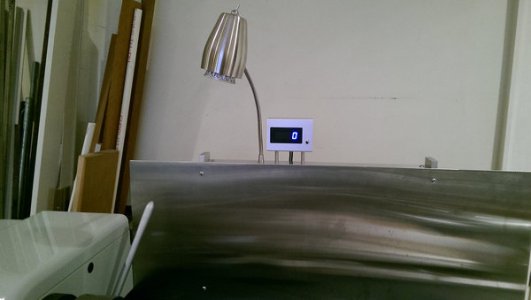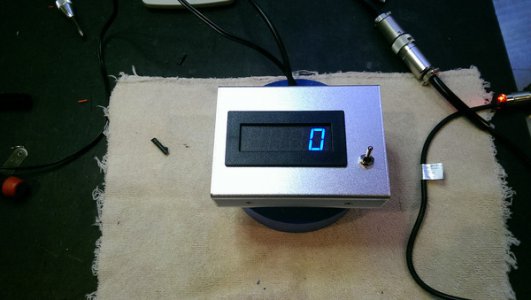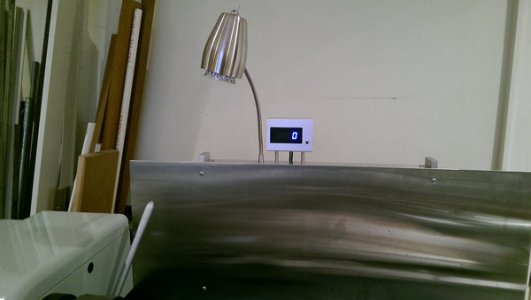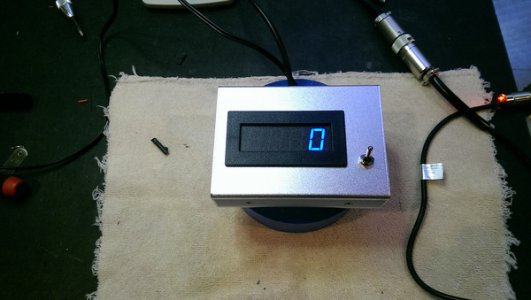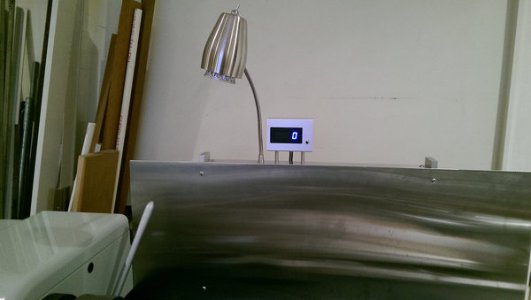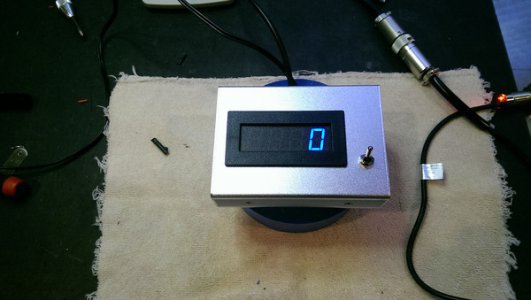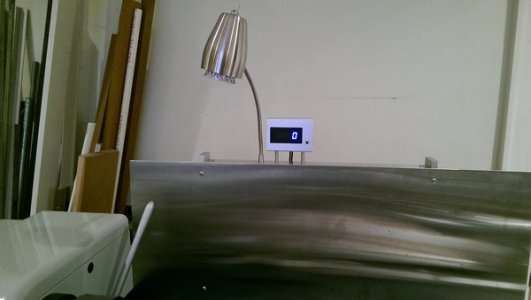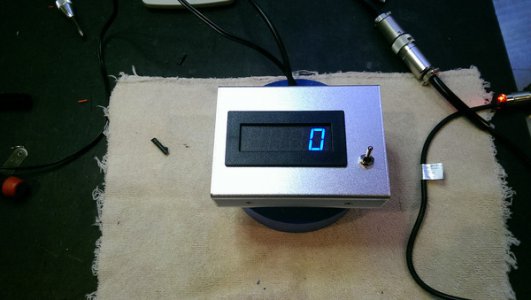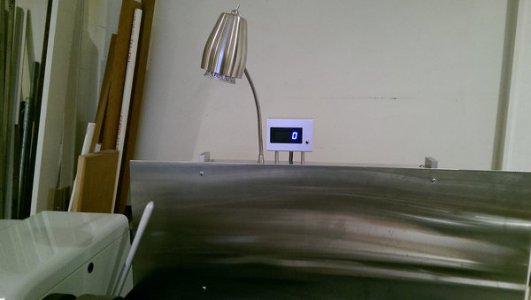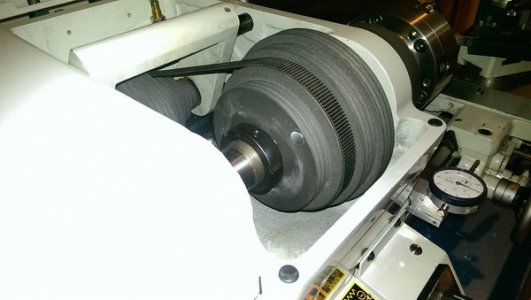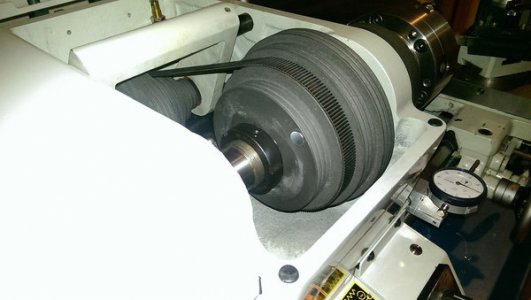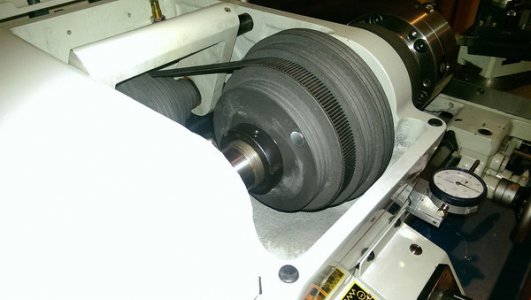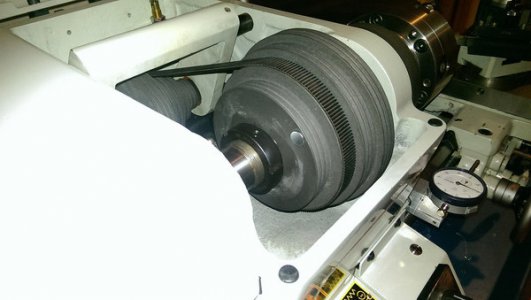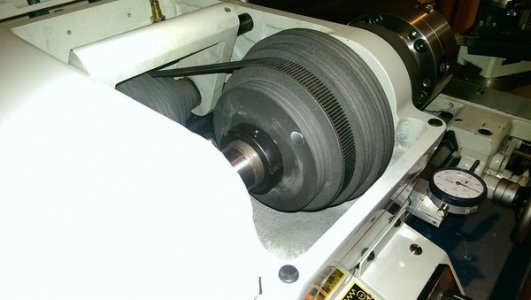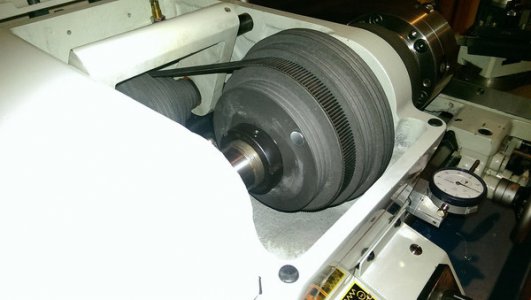I do not see the need to make it overly complicated regarding chucking and disconnecting power. The spindle direction rotary switch carries minimal current and I can not see it spontaneously closing in the stop position. Still, when I build my control systems, I do build in a minimum double redundancy for all my controls to operate. I am not sure how you wired your E-Stop, but it could be fitted with a dual block NC switches. When depressed, it disconnects the COM signal going to the spindle direction switch, and the other contact block disconnects the connection between EN and COM (which kills the drive controls). By pressing the E-Stop, it would be impossible for the motor to start, even if there was a short or faulty switch. You have three separate switch that are serially connected. Some VFD used a similar arrangement and use a latching relay for the activation of the EN-COM type of connection, it also prevents it from restarting if the power goes out. If changing the drive belt or any work on the lathe, I would turn off the power.
I would be more concerned about killing the power to the lathe and forgetting the spindle direction switch in in the forward or reverse position and the machine restarting. I prefer to use a power relay that will only latch with the spindle switch in the stop position, and this relay would then connect the EN-COM and and the COM to the direction switch going to the +/-15V control terminals. The E-Stop kills power to the power relay, which then disconnects all the signal pathways. It is possible to use a contactor or a switch to disconnect the motor, but I do not think it is necessary. These drives have power supply capacitors, it is probably not a good idea to turn on/off the controller frequently because of the current inrush.
